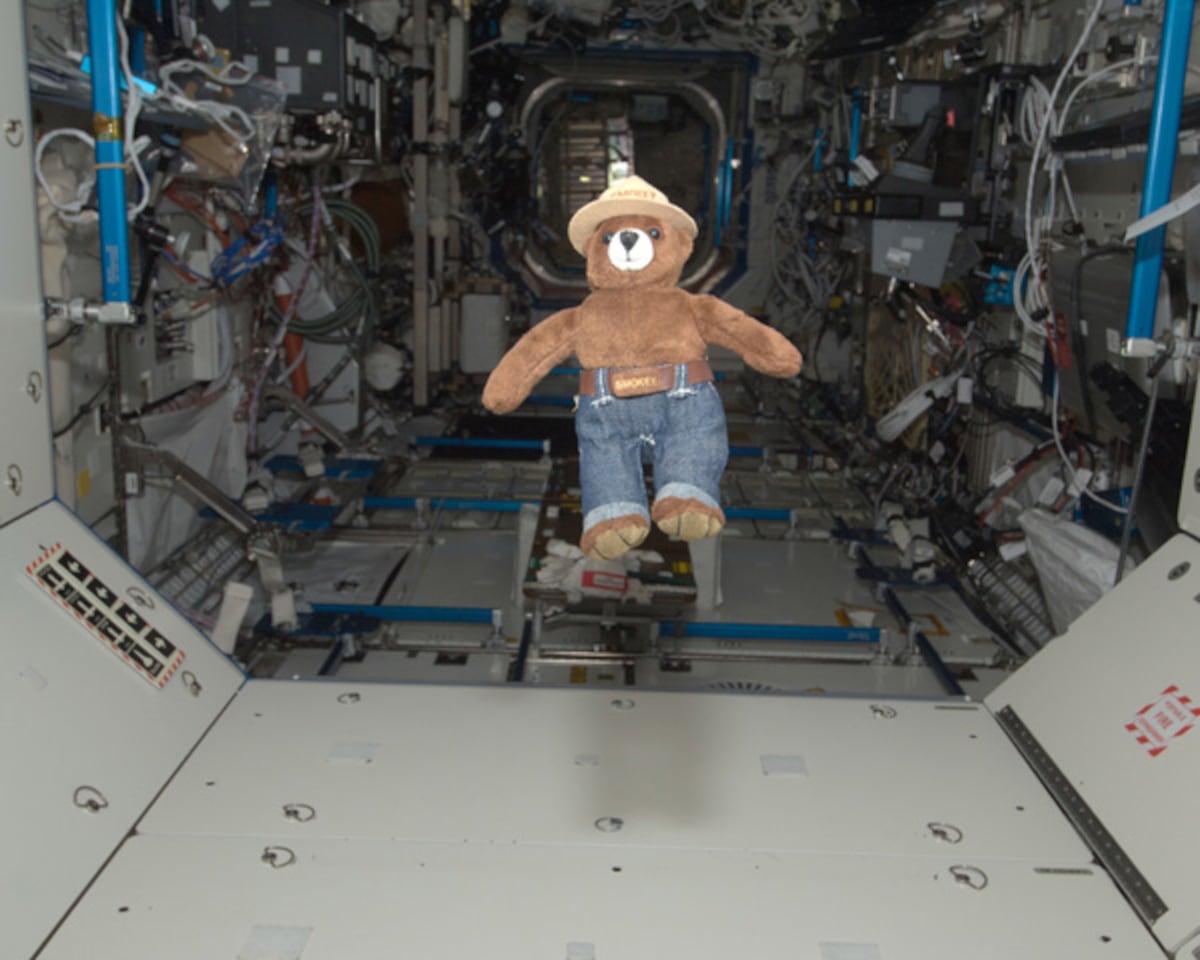A single human sneeze can disperse on the order of a million microbes. It is true that they are simple biological organisms that we can see only with the help of a microscope. But they are alive. In general, they don’t travel much: from our insides to handkerchiefs. Even if they have a good day and don’t have time to hide from us, they end up on the office mate’s desk or the bald head of the person sitting at the front of the bus. They embark on an improbable, but possible journey to the surface of Mars or…
Subscribe to continue reading
Read without limitations
A single human sneeze can disperse on the order of a million microbes. It is true that they are simple biological organisms that we can see only with the help of a microscope. But they are alive. In general, they don’t travel much: from our insides to handkerchiefs. Even if they have a good day and don’t have time to hide from us, they end up on the office mate’s desk or the bald head of the person sitting at the front of the bus. There is also a remote possibility that they could make an improbable, but possible trip to the surface of Mars or Europa. If they didn’t get there before humans, they could. They should be very lucky to be in the mouth of an aeronautical engineer working in space travel.
There are many things we still don’t know about microbes. We now have evidence from their research on Earth that there are some species known by the universal name of Terrorists They can live and survive in conditions that are intolerable or dangerous to most life forms.
Studied for years Astrophysics They also tested the effects of space on the survival of terrestrial microbes: some are able to withstand extreme temperatures, repeated impacts from micrometeorites, and the high levels of radiation outside our atmosphere. With experiments aimed at torturing these tiny “little bugs” to see how long they last (the nasty tardigrades have done it all, they survive almost anything, maybe not impact on the moon’s surface), but from antimicrobial resistance to space we learn a lot about extraterrestrial life. can and use that knowledge for future research work.
First rockets and mission Apollo 16 For example, they demonstrated that bacterial spores can survive deep space conditions, and later experiments confirm that they can do so for long periods of time, up to a year (LDEF; NASA’s Long-Term Exposure Facility) to 6 (Eureka; ESA’s European recoverable carrier) tested the survival of a variety of drought- and radiation-tolerant microbes under conditions similar to those on Mars in the Expose experiment, set up as part of the ESA. European Technology Exposure Facility (EuTEF) Outside the International Space Station. Also, their ability to reactivate, so to speak, resurrect upon returning to Earth suggests that they are capable of repairing accumulated damage to their DNA.
The question today is, if these microbes are capable of surviving in space, they have the potential to contaminate other celestial bodies, and the possibility of resurgence given the right conditions on another planet’s surface. will multiply. Avoiding precisely this is one of the main reasons for the creation of planetary protection protocols by the international system. COSPAR (Commission for Space Research its summary in English).
Depending on where you’re going (to Mars, the Moon, an asteroid, or Earth) and what you’re going to do (it’s not like passing through, rather than landing in orbit or on the surface) it assigns specific categories to the risk of contamination. This extends to the possibility of contaminating our planet with some biological samples brought from abroad.
Thus all missions to a body in the Solar System are assigned to one of five categories, from one to five, with increasing risk. For example, 300,000 microbes are allowed to travel to Mars and are assumed to be biologically sluggish when they arrive. But some regions of Mars allow fewer particles. To put these numbers into perspective, an unfiltered room contains 1 billion particles per cubic meter and a clean room such as that used in spaceflight has 100,000 or fewer particles per cubic meter of air (which has sizes of 0.1. microns or greater).
The main purpose of the planetary protection protocol is to minimize the possibility of taking life with us on exploration missions to other bodies in the solar system because it is very difficult to completely eliminate them. Incidentally, traveling millions upon millions of kilometers to the surface of another sky to find the life we brought from home would be a colossal failure.
Cosmic void An area where our knowledge of the universe is presented in a qualitative and quantitative way. This is to illustrate the importance of understanding the universe not only from a scientific perspective but also from a philosophical, social and economic perspective. The name “cosmic vacuum” refers to the fact that our environment, paradoxically, has quintillions of atoms per meter, whereas the universe is empty, with less than one atom per cubic meter. The cube, which invites us to think about our existence and the presence of life in the universe. Section is created Pablo G. Perez GonzalezResearcher at the Center for Astrobiology and Eva VillavarResearcher at the Center for Astrobiology.
You can follow Meaning Inside Facebook, Twitter And instagramOr register here to receive Our weekly newsletter.





:quality(85)/cloudfront-us-east-1.images.arcpublishing.com/infobae/KTKFKR763RBZ5BDQZJ36S5QUHM.jpg)